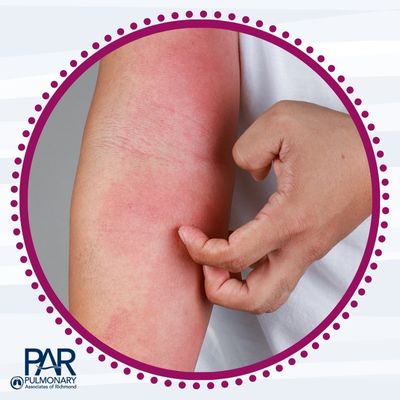Allergy skin testing is a commonly used diagnostic procedure that helps identify the specific allergens that trigger allergic reactions in patients. This testing method is particularly helpful for patients who experience allergic reactions to unknown substances or for those who have multiple allergies. In this blog, we will explore what allergy skin testing is, how it works, and what to expect during the procedure.
What is it?
Allergy skin testing is a diagnostic procedure that involves introducing small amounts of common allergens into the skin to determine the presence of an allergic reaction. This testing method is widely used to help diagnose allergic conditions, including:
- Hay fever
- Allergic reaction
- Dermatitis
- Food allergies
- Penicillin allergy
- Bee venom allergy
The procedure involves applying a small amount of allergen extract to the skin, typically on the forearm or back. The skin is then pricked or scratched to allow the allergen to penetrate the top layer of the skin. If the patient is allergic to the allergen, a small red bump will appear at the test site within 15-20 minutes.
How does it work?
Allergic reactions occur when the immune system overreacts to a substance that it perceives as harmful. When an allergen enters the body, it triggers the release of antibodies called immunoglobulin E (IgE). IgE antibodies attach to the allergen, which then causes the release of histamine and other chemicals that produce allergy symptoms.
During an allergy skin test, a small amount of allergen extract is applied to the skin. The extract contains the allergen that the doctor suspects the patient may be allergic to. If the patient is allergic to the allergen, the immune system will produce IgE antibodies against it. When the skin is pricked or scratched, the allergen extract is introduced into the skin, triggering the release of histamine and other chemicals that cause an allergic reaction. The reaction appears as a red, raised bump on the skin.
What to expect during allergy skin testing?
Before the procedure, patients are advised to avoid taking antihistamines, as they can interfere with the test results. Patients should also avoid using topical creams or lotions on the test area.
During the procedure, the skin is cleaned with alcohol and the allergen extract is applied to the skin. The skin is then pricked or scratched with a small needle or lancet. The patient may feel a slight pinprick or stinging sensation, but the test is generally not painful. The test site is then monitored for 15-20 minutes for the appearance of a red bump.
After the test, the doctor will evaluate the results and provide advice on managing any allergies that are identified. In some cases, additional testing or referral to an allergist may be recommended.
With the use of a skin allergy test, our doctors at Pulmonary Associates of Richmond can identify the allergens that cause your symptoms and take steps to help you manage or avoid them.

